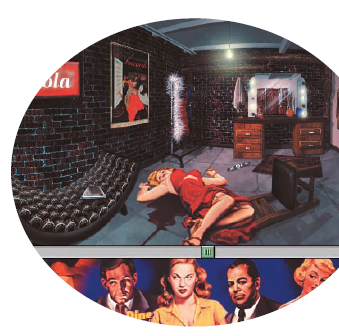Chapter 4. Organizing and Navigating Web Content
In This Chapter
Pre-wireframing to establish content zones
Wireframing to map out content and interaction detail
Presenting content on the page
Indicating Flash interaction in wireframe storyboards
Designing navigation options
The Web is a unique communication tool — it's not like the telephone, TV, books, or marketing brochures. People interact with Web sites differently than with other mediums. They click buttons and links, access drop-down menus, fill out forms, and interact with animation, audio, and video media. For these reasons, to design Web user interfaces that simulate other media is to ignore the advantages of Web technology. Designing a Web site to look and function like a book, for example, is a waste of interactive media's capabilities.

As a budding Web designer, your biggest challenge is to think through the interaction design of each page in your site in a way that maximizes the Web's abilities, presents content on the page in a logical and consistent manner, and allows users to quickly get from one page to the next. In this chapter, you continue in the role of Information Architect and dive from the site map view down into the page-level view. You find out how to create a wireframe diagram for each page that shows its content and interaction plan, and I discuss ideas for navigating from one page to the next. At this stage ...
Get Web Design For Dummies®, 2nd Edition now with the O’Reilly learning platform.
O’Reilly members experience books, live events, courses curated by job role, and more from O’Reilly and nearly 200 top publishers.

